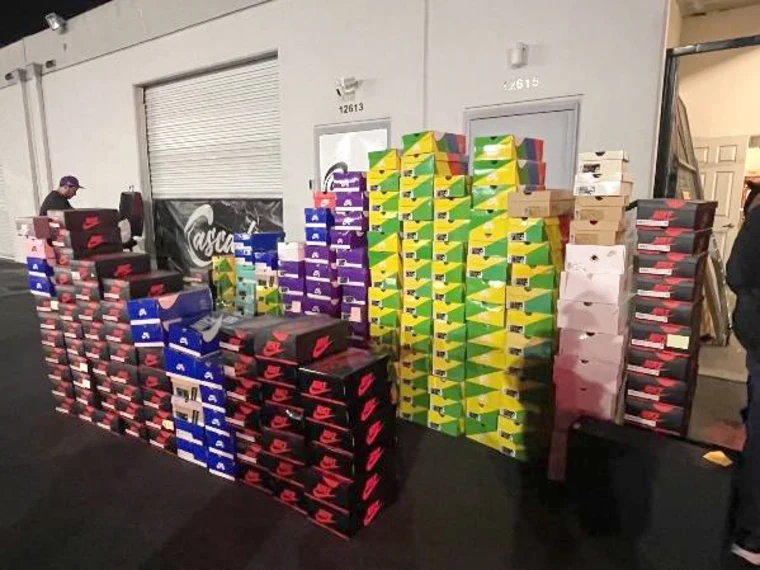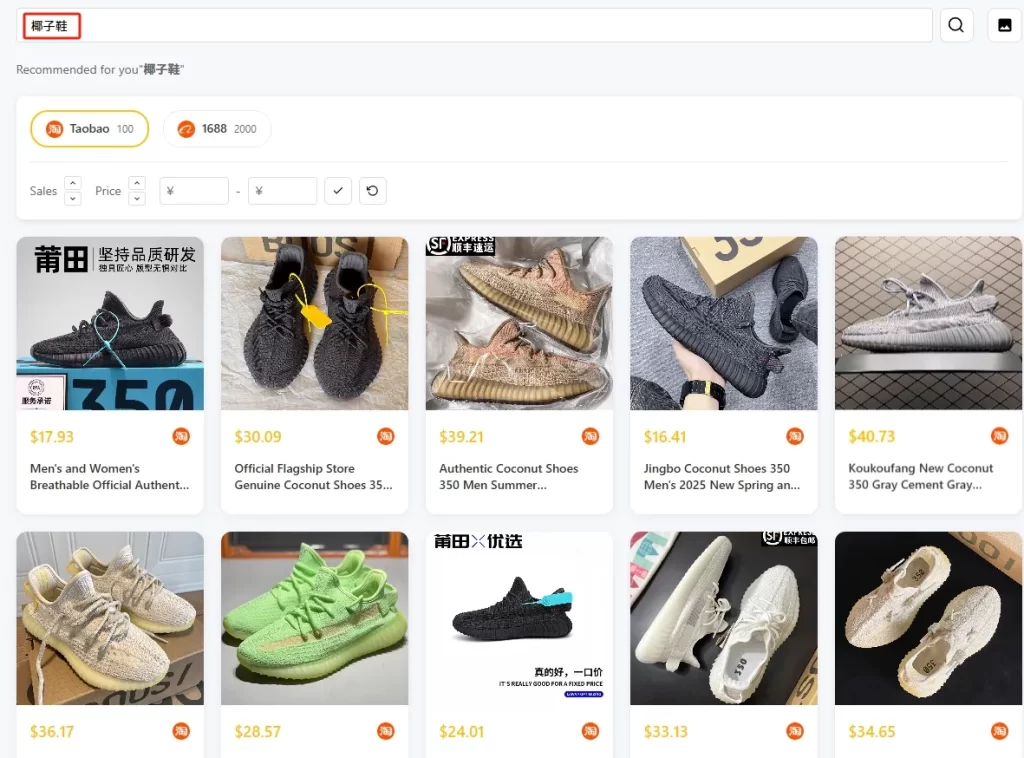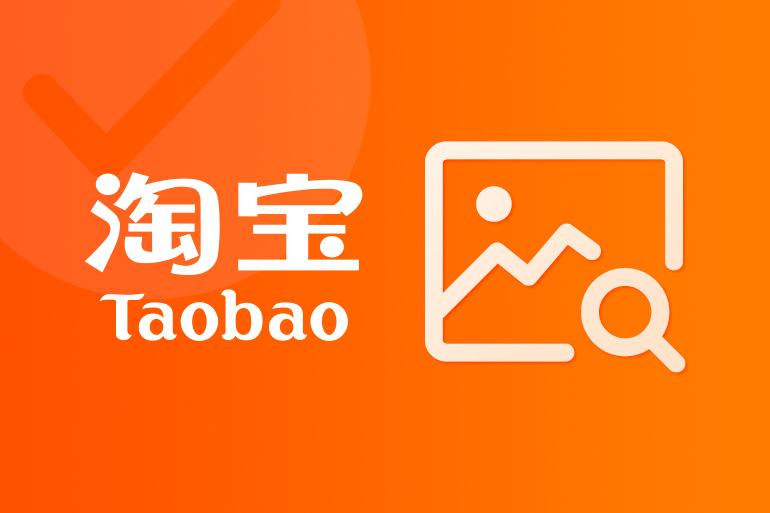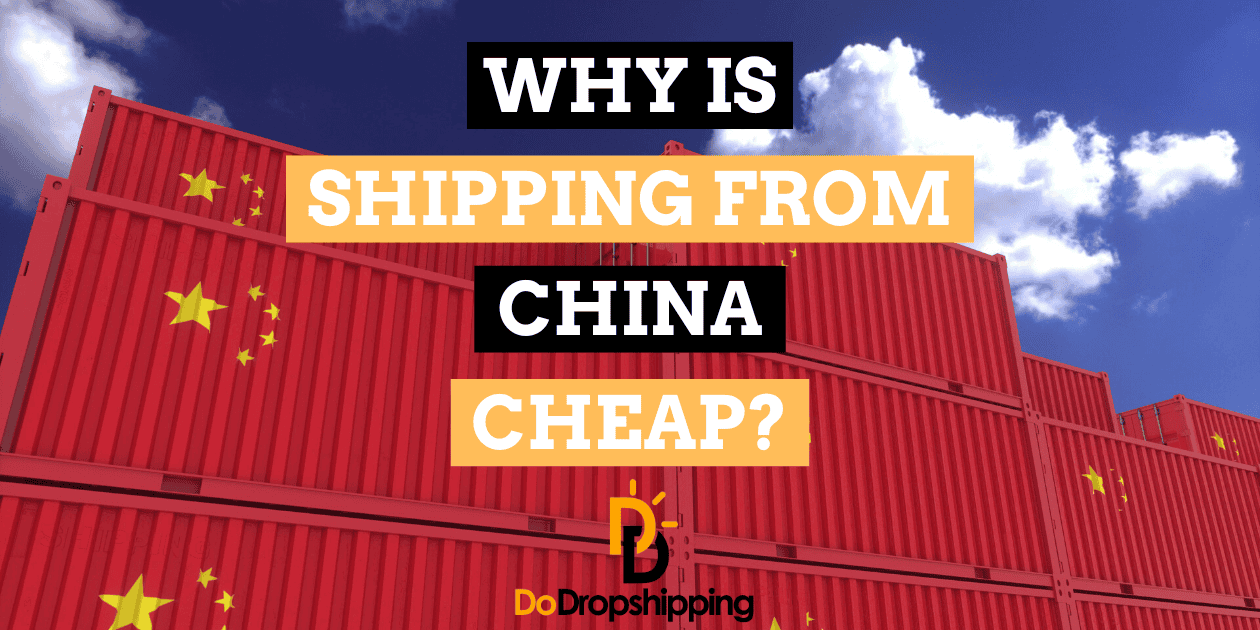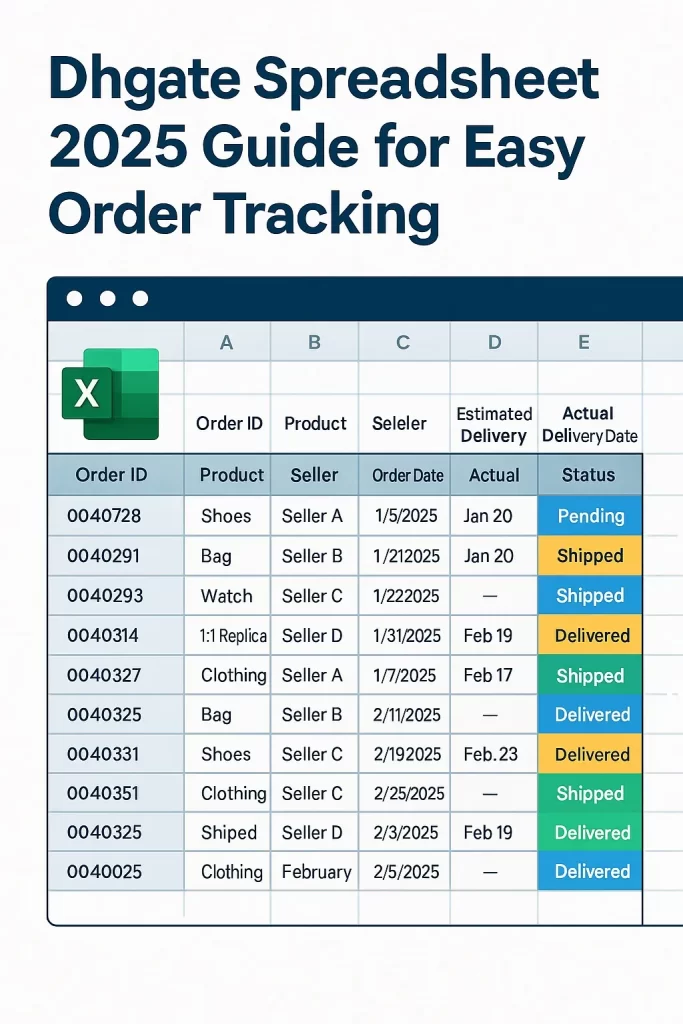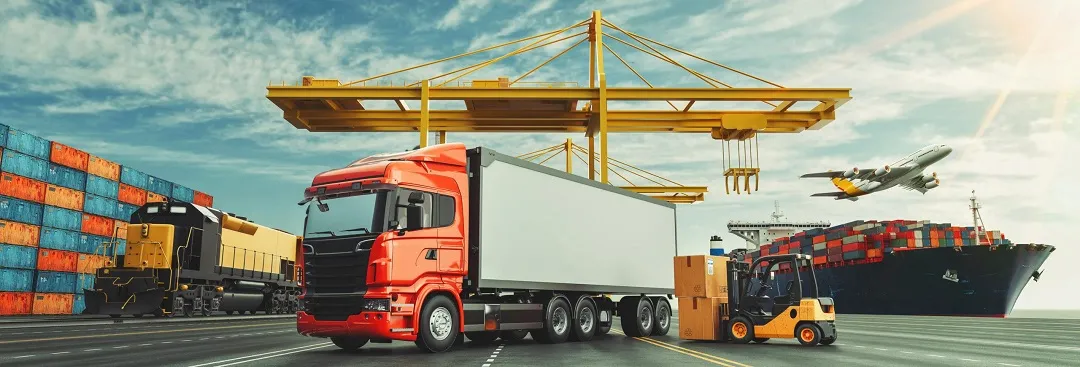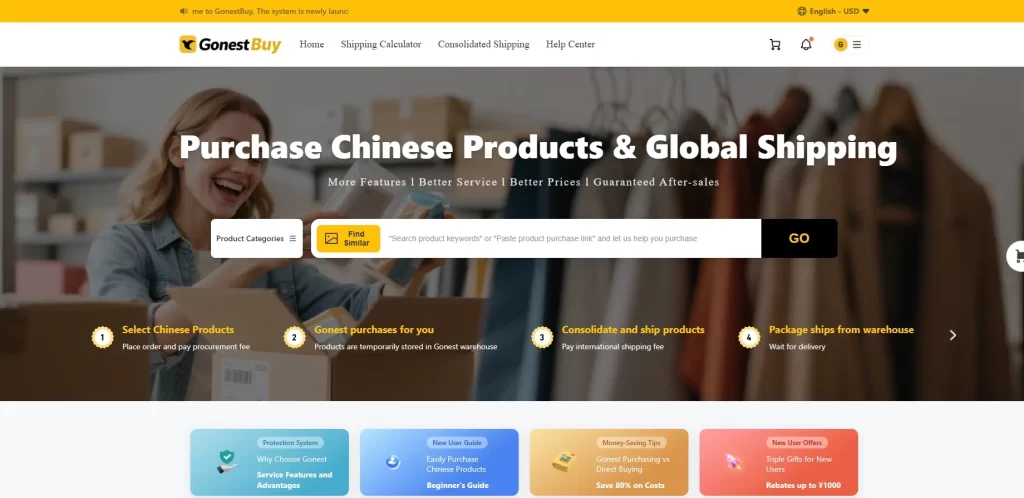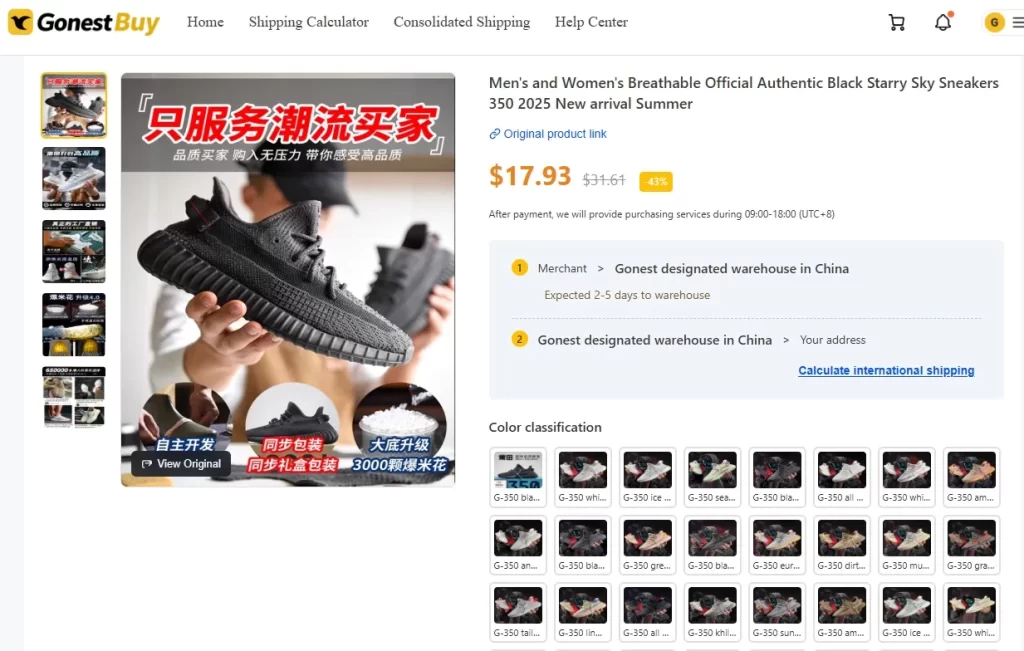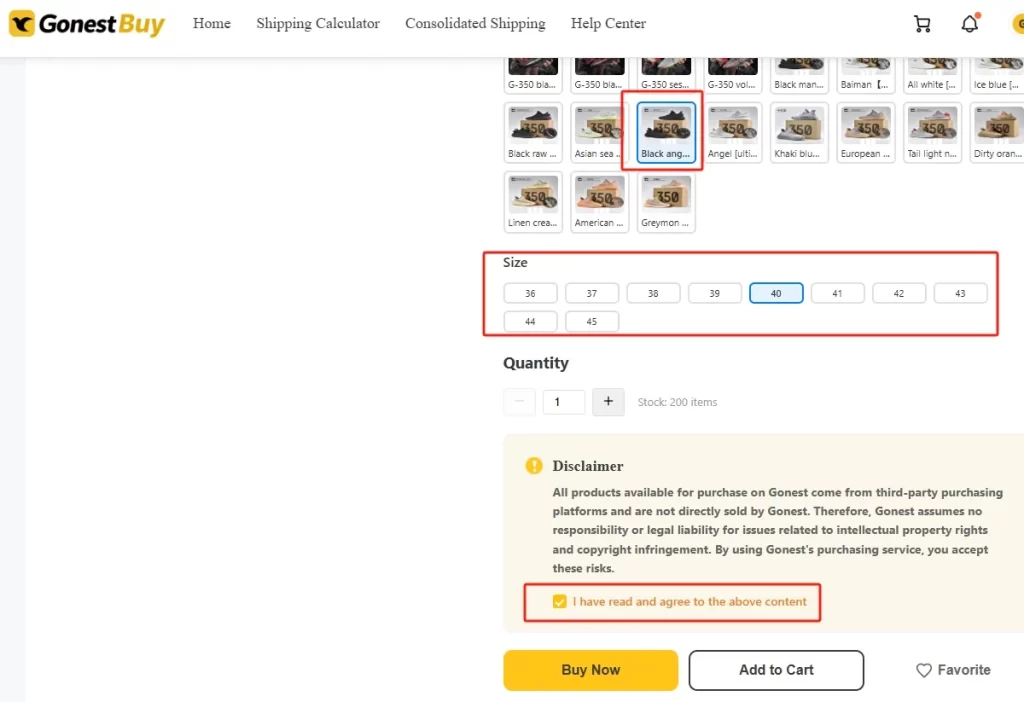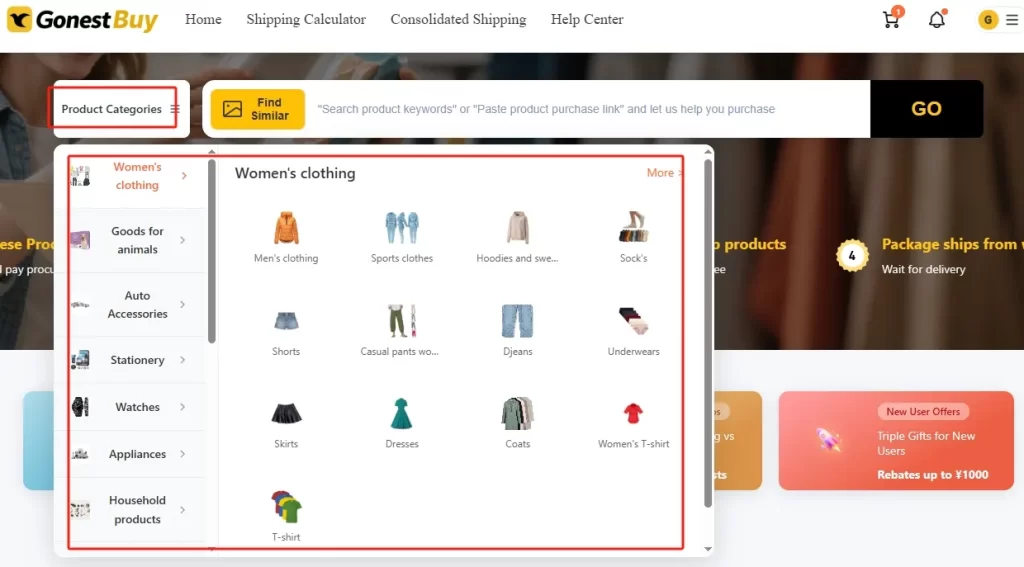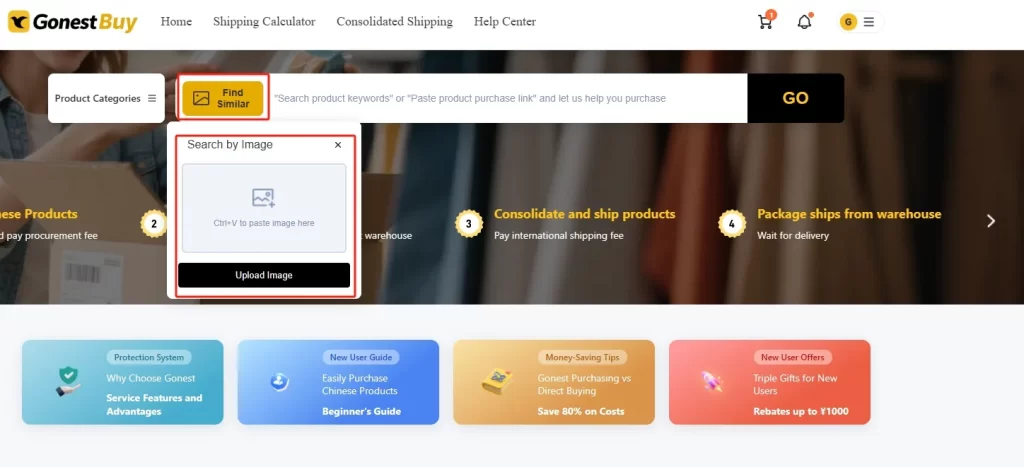Can You Buy from Nike’s China Warehouse Directly?
For online shoppers, it’s the ultimate dream: finding a direct link to a Nike warehouse in China. The idea is tantalizing—a massive facility filled with authentic sneakers and apparel, all available at a special Nike warehouse in China price, far below what you’d pay at home. You could finally get those Air Force 1s or sought-after Jordans without the retail markup.
But is this treasure hunt real, or is it just a myth?
The short answer is: No, you cannot buy directly from a Nike warehouse. These facilities are secure logistics hubs, not public stores. But the goal of getting authentic, cheap Nike shoes from China is absolutely achievable. You just have to stop chasing the warehouse myth and start using the method the pros use.
The Reality: What Is a Nike Warehouse?
Nike’s primary logistics hub in China is a massive, state-of-the-art distribution center in Taicang. This facility is the heart of its supply chain, processing inventory for thousands of official retailers and fulfilling online orders.
Here’s why you can’t shop there:
- It’s Not a Store: It’s a closed-loop logistics operation designed for moving pallets and truckloads of goods, not for serving individual customers.
- No Public Price List: The concept of a “Men Nike warehouse in China price” or a general discount list doesn’t exist because they do not sell to the public. Prices are set for wholesale accounts and internal distribution.
- Security is Tight: These are highly controlled environments focused solely on supply chain efficiency.
Chasing the idea of a direct warehouse purchase is a dead end. The real secret lies in knowing where Chinese locals shop for their Nike gear.
The Real Source: Mastering the Official Nike China Store
So, where do the incredible deals and exclusive releases actually happen? They happen online, on Nike’s official sales channels in China. The Chinese market is so competitive that Nike often runs aggressive promotions and sales events that are unheard of in other regions.
Your new treasure map should lead you to these two places:
- The Nike Tmall Flagship Store: This is Nike’s main online presence in China. It’s an official, verified Nike China Store on Alibaba’s Tmall platform. It has the widest selection and is the center of all major sales.
- The Nike App (China Region): The Chinese version of the Nike app often features exclusive drops and member-only discounts that aren’t available anywhere else.
By shopping on these platforms during major events like Singles’ Day (11.11) or the 618 Festival, you can find authentic Nike products at prices that feel like they came straight from a warehouse.
The Final Hurdle: “This Seller Does Not Ship to Your Country”
You’ve done it. You found a pair of men’s running shoes on the Nike Tmall store for 40% off. You add them to your cart, proceed to checkout, and then you hit the wall: the site requires a mainland China shipping address.
This is the point where most international shoppers give up. And this is the exact moment where a freight forwarder becomes your most important tool.
The Solution: Your Personal Warehouse Address with GoNest
If you can’t go to the Nike warehouse, bring the warehouse service to you. GoNest is a logistics platform that provides you with your very own personal shipping address in China, completely solving the shipping problem.
GET IN TOUCH
Let us Send You a Quote
It bridges the gap between China’s domestic market and your front door. Here’s how it works:
- Shop Anywhere: Use your GoNest address to buy from the Nike China Store on Tmall, or any other Chinese platform, just like a local.
- Consolidate & Save: This is the key to getting cheap Nike shoes from China free shipping—or as close to it as possible. Ship multiple orders from different stores to your GoNest address. They will pack everything into a single box. Instead of paying high international shipping fees for 3-4 separate items, you pay just once for a single, consolidated package, making the per-item shipping cost incredibly low.
- Worry-Free Logistics: GoNest handles everything from receiving your items to managing customs paperwork and providing door-to-door tracking. It’s the easiest and most cost-effective way to get your purchases home.
Get Your Address: Sign up for free on the GoNest platform and instantly receive your personal China warehouse address.
Shop for Deals: Head to the Nike Tmall store and find the products you want.
Checkout Like a Local: During checkout, enter your GoNest warehouse address as the shipping destination.
Ship Home: As your items arrive, they will appear in your GoNest dashboard. Once everything is there, instruct GoNest to consolidate them and ship the final package to your home address.
Final Thoughts: From Warehouse Myth to Shopping Reality
Stop searching for a mythical Nike warehouse that you can’t access. The smarter strategy is to tap into the powerful deals offered at the official Nike China Store and solve the shipping challenge with a modern logistics solution.
By pairing China’s best online marketplaces with GoNest’s consolidation service, you create your own efficient, cost-effective supply chain. You get the authentic products and the incredible prices you’ve been looking for, delivered right to you. That’s not a myth—it’s just smart global shopping.
